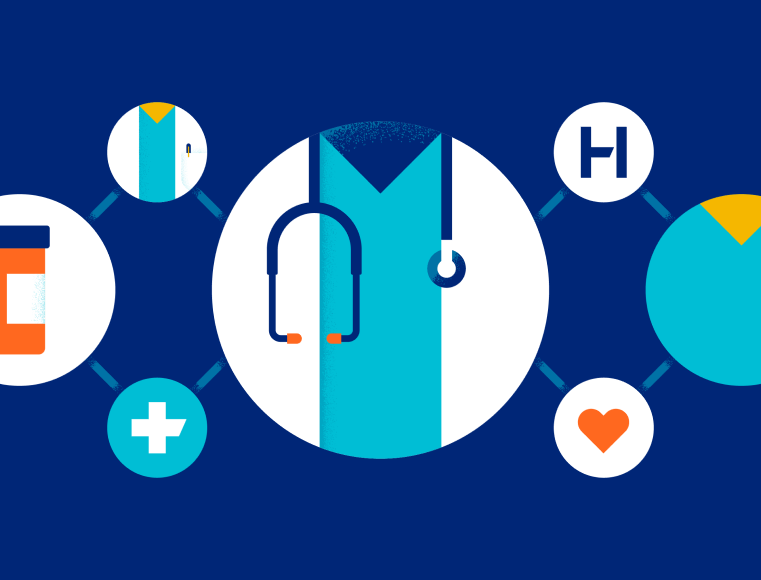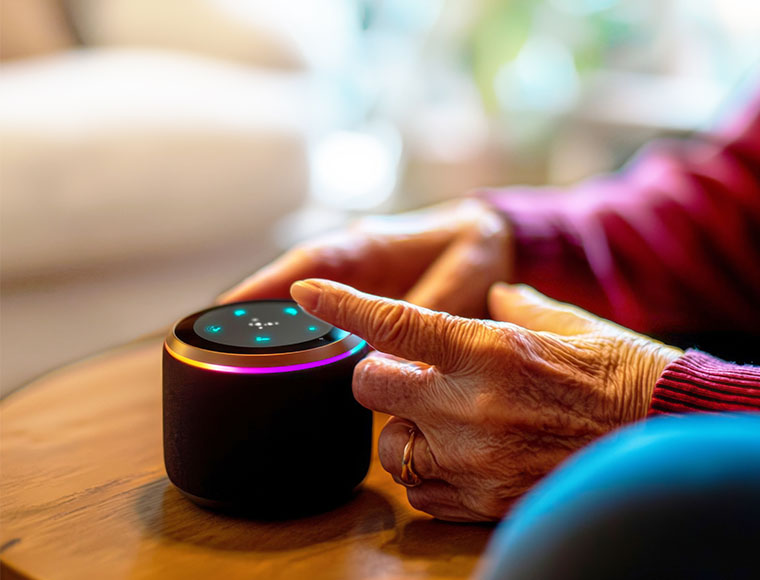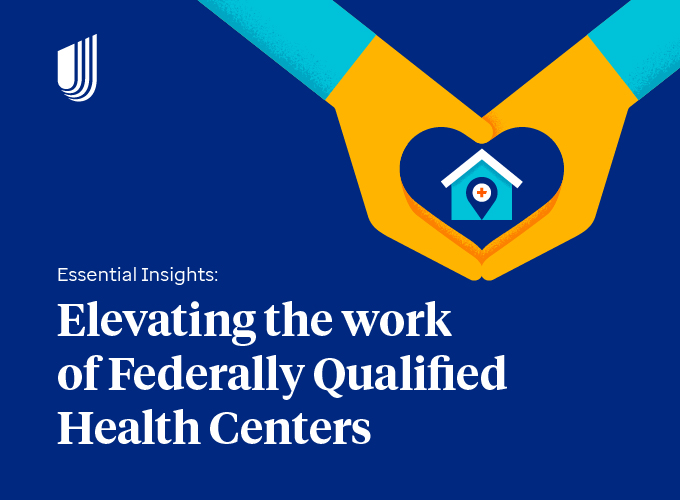According to the 2023 State of Mental Health in America report, 55% of adults with a mental illness receive no treatment.1 Stigma around mental health diagnoses has been cited as significantly contributing to individuals not pursuing treatment.2 Committed to improving mental and behavioral health care, UnitedHealthcare Community & State’s Strategic Insights team surveyed Medicaid members to determine perception of mental health and feelings about engaging with providers about mental health topics.
Survey results concluded that only 50% of respondents reported they would actively seek help if they were struggling with their own mental health.
Approximately 50% of respondents identified stigma as a primary barrier that prevents them from seeking help. When getting treatment, 46% of respondents indicated a preference for mental health prescriptions from specialists rather than primary care providers. However, primary care is more accessible given that 49% of Americans live in an area with a mental health workforce shortage.3 Primary care providers are often on the front lines of identifying and treating mental health conditions, as over half of the psychotropic medications in the U.S. are prescribed by general practitioners.4 The member survey results indicate that stigma is a barrier to care and that providers play an important role in challenging that barrier by normalizing mental health conditions and establishing trust with patients.
Integrated care
Primary care providers are uniquely positioned to improve mental health care through effective screening, patient engagement, connection to care and integrated care models. The SAMHSA-HRSA Center of Integrated Health Solutions guides physical and behavioral health care integration, helping providers implement mental health treatment within their practices.⁵ Similarly, UnitedHealthcare Integrated Care Programs have specialists that help providers transition their practices to an integrated model of care. In order to identify behavioral health needs in primary care, common mental health screening tools used by providers include the Patient Health Questionnaire for depression and the GAD7 for generalized anxiety disorder in adolescents and adults. The Collaborative Care Model (CoCM) enables primary care providers to treat mild to moderate behavioral health needs within the primary care setting. It leverages a behavioral health care team to support primary care providers in offering services and billing for behavioral health care directly from the primary care provider office. In markets where the state has approved the use of CoCM codes, UnitedHealthcare provides coverage for this service.
Provider resources
To assist with practice transformation tools, UnitedHealthcare has behavioral health resources on dedicated provider websites. The UHCProvider website includes billing guidance and integrated care resources, such as screenings and clinical assessments, that can be used in a provider’s practice. Optum Provider Express has toolkits for behavioral health, suicide prevention and recovery/resilience as well as a comorbidities job aid. Accredited provider CME trainings offered by UnitedHealthcare through Optum Health Education include topics such as motivational interviewing and behavioral health identification, treatment and referral in primary care.
Patient engagement
Patient engagement is equally important in addressing mental health challenges. While screening tools help identify the possible need for full diagnostic evaluation, a psychologically safe environment is essential for individuals to feel comfortable talking about their emotional and behavioral health needs. Care teams can reduce concerns about stigma and can foster inclusivity, as well as patient engagement, by normalizing conversations about mental health and connection to care.
By increasing comfort in sharing mental health challenges with providers, behavioral health care is further established as a routine part of the primary care experience.
Creating a safe environment
One example of how primary care practices can support psychological safety is asking open ended questions such as, “Can you tell me how you are doing with your emotional health?” Another way to normalize the discussion is by providing visual cues in the office, such as signs that promote discussion of mental health (e.g. “It’s ok to not be ok”). It is also important that care teams are familiar with local crisis response teams and the National Suicide and Crisis Lifeline (988). Lastly, integrated assessment processes and workflows support equitable treatment of mental health conditions, similar to treatment of other medical chronic conditions and standard health screening practices.
Outside the care setting – self-service well-being resources are available
Another way UnitedHealthcare empowers members to address mental health challenges is by offering a self-guided, app-based experience called “Self Care”. Members can use it to support everyday well-being, as well as experiences of stress or anxiety. Members have consistently reported a reduction in stress and anxiety symptoms after using the app. Members who require additional services may receive recommendations for connection to further care.
UnitedHealthcare is committed to supporting our providers in helping to reduce mental health stigma and improving access to behavioral health care for the people we serve. Explore the UnitedHealthcare Community & State website to learn more about our impact on mental health outcomes for our members.
Sources
- The State of Mental Health in America | Mental Health America (mhanational.org)
- Psychiatry.org - Stigma, Prejudice and Discrimination Against People with Mental Illness
- The Behavioral Health Care Workforce (nihcm.org)
- Psychotropic Medication Prescribing Across Medical Providers, 2016–2019 | Psychiatric Services (psychiatryonline.org)
- Integrated Models for Behavioral Health and Primary Care | SAMHSA












